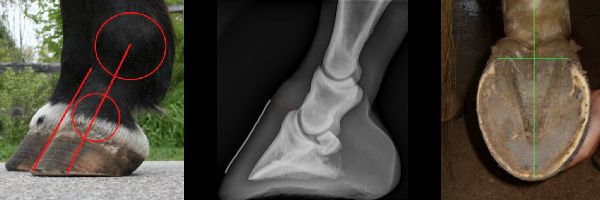 There are so many hoofcare blogs and websites ‘out there’ now, all different, all proclaiming to be THE RIGHT WAY that things can get VERY confusing, VERY quickly, even for those professionals who continue to strive to learn and keep up with the ‘latest discoveries’ about the Equine hoof.
There are so many hoofcare blogs and websites ‘out there’ now, all different, all proclaiming to be THE RIGHT WAY that things can get VERY confusing, VERY quickly, even for those professionals who continue to strive to learn and keep up with the ‘latest discoveries’ about the Equine hoof.
I’ve said, for years and years, that the ONLY EXPERT on hooves is … the individual horse, himself. (or herself as the case might be.) Horses don’t read blogs, textbooks, go through courses or clinics – they only want ONE thing — to survive. In order to survive they need their HOOVES.
So Hooves are a BIG DEAL.
As the adage says, “No hoof, no horse.”
So with all the information that is circulating the world-wide web how is one to know, really KNOW, what the horse needs in terms of hoofcare?
The ideal hoof shape has been touted to be a wild horses’s hoof for over a decade now. What is failed to be mentioned is the fact that the ‘wild horse hoof’ model that is so readily recognized as such, is from a dry, arid mid-west area. It looks pretty – well rounded, smooth and compact. However, one can easily compare that hoof to one on a horse that lives on the barrier islands and see a remarkable difference that causes the hoofcare enthusiast to immediately want to grab his or her tools and head to the shore to trim them all up ‘correctly’.
Ah, there’s that word .. CORRECTLY. And what is ‘correctly’?
We have, now, the Pete Ramey method, the Gene Ovnicek method, the ABC method, the LIM method, the HGM, the “Farrier” trim, the Horse’s Hoof method … the 4 Point Trim, the Jaime Jackson trim, the Marjorie Smith trim, the Paige Poss trim, the KC LaPierre trim, the Rockley Farm method … and so many more – is your head spinning yet?
My head continually spins as I read and continue to learn … there *is* something to be learned from each of the aforementioned websites – even if its what NOT to do to a horse’s hoof.
So which one is RIGHT?
The fact is — if it’s not right with the individual horse then it’s NOT RIGHT. Period.
There are guidelines by which to learn such as espoused in the PENZANCE www.barefoottrim.com … for balance front to back and side to side but they are “guidelines” … nothing is set ‘in stone’. Ideally, yes – we all want our horses’ hooves to be P.E.R.F.E.C.T. … but, then, again, what is PERFECT?
Perfect is — what is perfect for the individual horse. Period. (again).
If one TRULY wants to learn about horse’s hooves — go ahead, take the online course(s), learn about ANATOMY & PHYSIOLOGY of the hoof! www.integrativehorsecourses.com BEFORE, please, I’ll reiterate … B.E.F.O.R.E. picking up a rasp or a hoofknife or a pair of nippers. Learn the INSIDE of the equine hoof capsule and all its bone, tissue, and connections. Learn the Equine FOOT so you know it as well as you know the back of your hand. So when you close your eyes and run your hands over your horse’s hoof you can FEEL the balance, the consistency of the horn, the bumps, the lumps, the imbalances, the heat, the cold. Learn the INSIDE of the hoof and lower limb so well that when you watch a horse move you can almost SEE with xray eyes what is happening INSIDE the hoof and leg (and shoulder and hips and pelvis etc.)
In other words, DO YOUR STUDYING OF ANATOMY & PHYSIOLOGY of the EQUINE HOOF B.E.F.O.R.E. you even think of trimming your horses’ hooves!
That way, you’ll have a MUCH stronger base from which to ascertain …
WHAT TRIM IS CORRECT FOR MY HORSE?
Always, always … follow the oath in the Hippocratic Corpus to —
FIRST, DO NO HARM.
Ideally, the horse should walk off BETTER after his/her trim than before … so,
FIRST — LEARN!
Then “do”.
And that’s MY rant for today on hooves!

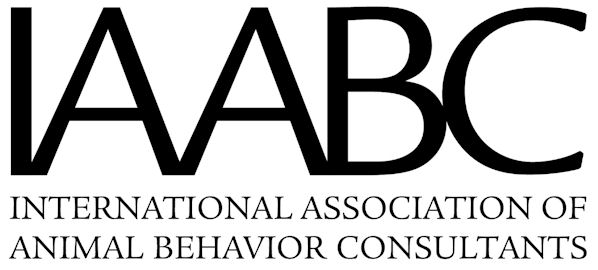


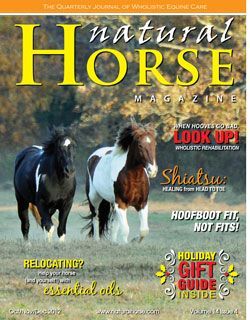
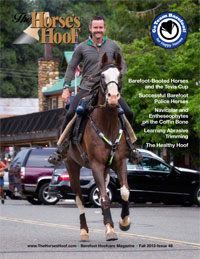
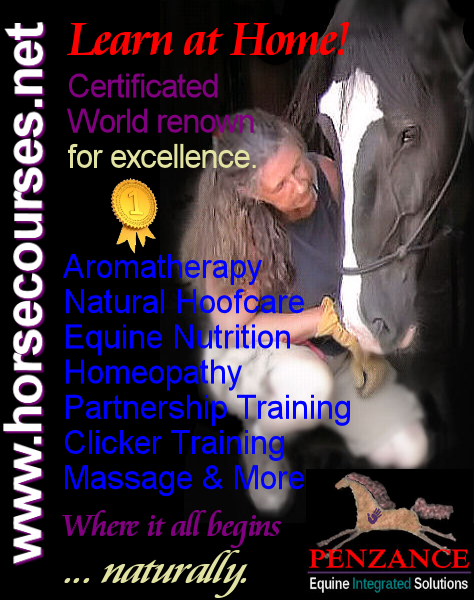




well, i just can agree… once i had a farrier that was used to aske me before any thing: so, Karina, what do want to do this month?
and then, depending on my answer, he did his work.
and it always worked well.
i should had paied more attemption.. now he is retired and every farrier event is an adventure.